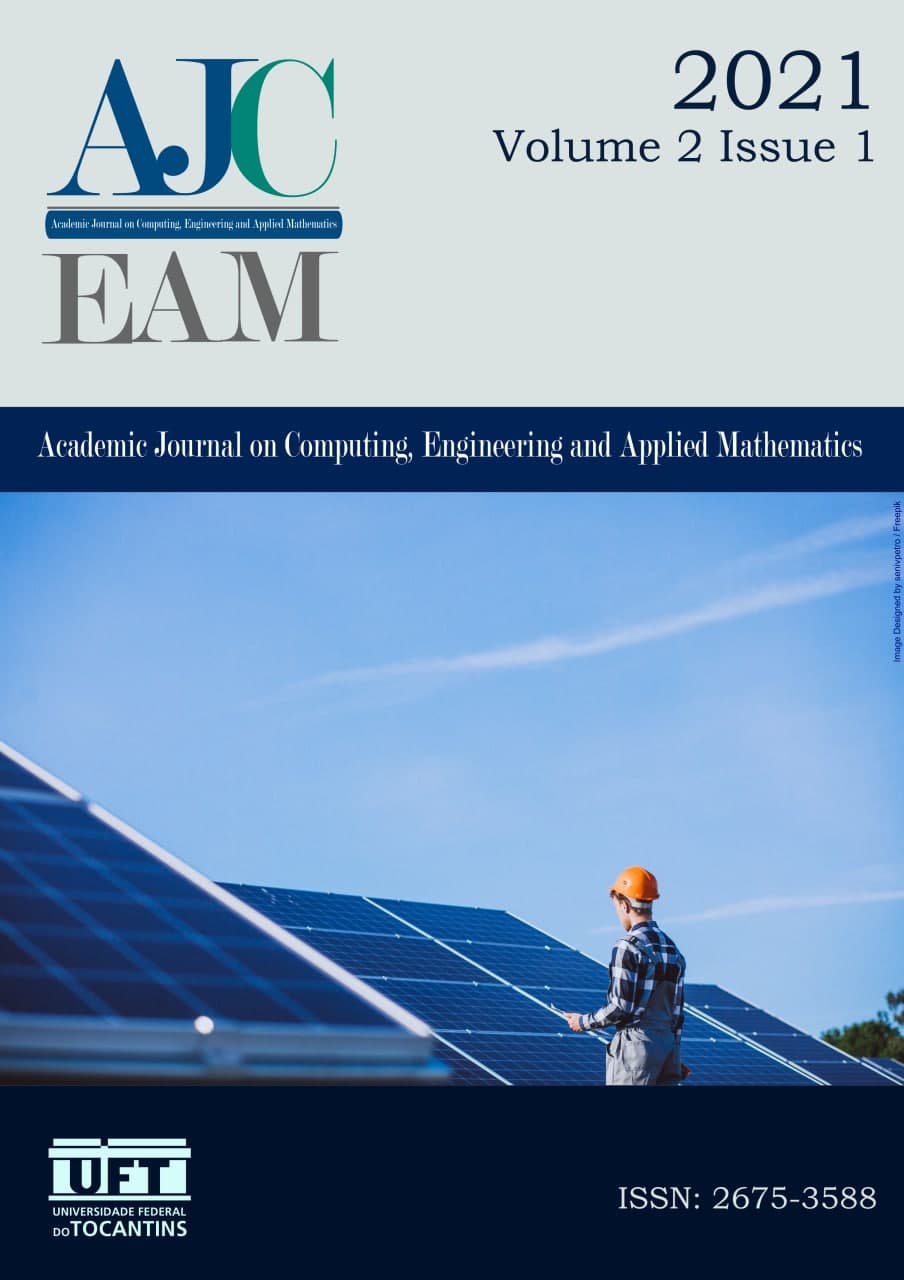Evaluation of a Sliding Window mechanism as DataAugmentation over Emotion Detection on Speech
DOI:
https://doi.org/10.20873/uft.2675-3588.2021.v2n1.p11-18Keywords:
Speech Emotion Recognition, Voice Processing, Machine Learning, Deep Neural NetworksAbstract
Emotion analysis is an important field of study, with many applications for security, financial, and politician. Despite beinga subjective branch of study, emotion analysis can be simulated by Machine Learning algorithms that are trained for this purpose, throughcataloged audio datasets, they can recognize patterns in these media that could be related to corresponding emotion. Neural NetworkAlgorithms are able to work on the recognition of these emotions, with a focus only on audio, known as Speech Emotion Recognition(SER). Neural Network Algorithms generally obtain unequal averages of referring results such as recognition of emotions when applied todifferent audio datasets. This research evaluates a Data Augmentation method called Slide Window, which generates more data samplesin order to increase the averages of classification rates. The method has been applied to three public datasets: EMO-DB, SAVEE, and RAVEDESS. The experiments have shown effectiveness in the increasing of the recognition rates of about to 11.95% on the EMO-DBbase, 22.76% on SAVEE, and 18.82% on RAVEDESS when compared to other approaches in the literature.
Downloads
Published
How to Cite
License
Copyright (c) 2021 Matheus Almeida Farias da Silva, Rafael Lima de Carvalho, Tiago da Silva Almeida

This work is licensed under a Creative Commons Attribution-NonCommercial 4.0 International License.
Authors who publish in this journal agree to the following terms:
- Authors retain copyright and grant the journal the right of first publication, with work simultaneously licensed under the Creative Commons Attribution License (CC BY-NC 4.0), allowing work sharing with acknowledgment of the work's authorship and initial publication in this journal. ;
- Authors are authorized to enter additional contracts separately for the non-exclusive distribution of the version of the work published in this journal (eg, publishing in an institutional repository or as a book chapter), with acknowledgment of authorship and initial publication in this journal;
- Authors are allowed and encouraged to post and distribute their work online (eg, in institutional repositories or on their personal page) at any point after the editorial process;
- In addition, the AUTHOR is informed and agrees with the journal that, therefore, his paper may be incorporated by the AJCEAM into existing or existing scientific information systems and databases (indexers and databases). in the future (indexers and future databases), under the conditions defined by the latter at all times, which will involve at least the possibility that the holders of these databases may perform the following actions on the paper:
- Reproduce, transmit and distribute the paper in whole or in part in any form or means of existing or future electronic transmission, including electronic transmission for research, viewing and printing purposes;
- Reproduce and distribute all or part of the article in print;
- Translate certain parts of the paper;
- Extract figures, tables, illustrations, and other graphic objects and capture metadata, captions, and related article for research, visualization, and printing purposes;
- Transmission, distribution, and reproduction by agents or authorized by the owners of database distributors;
- The preparation of bibliographic citations, summaries and indexes and related capture references from selected parts of the paper;
- Scan and/or store electronic article images and text.



